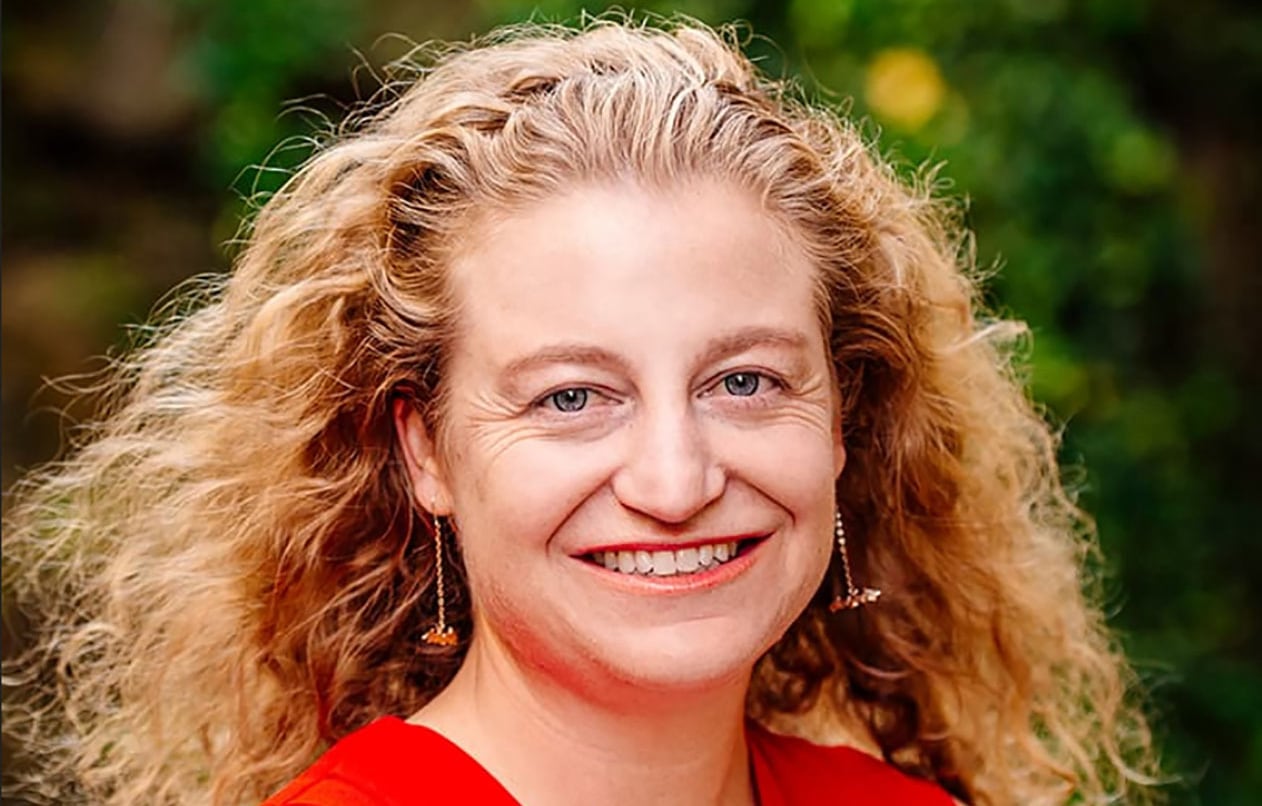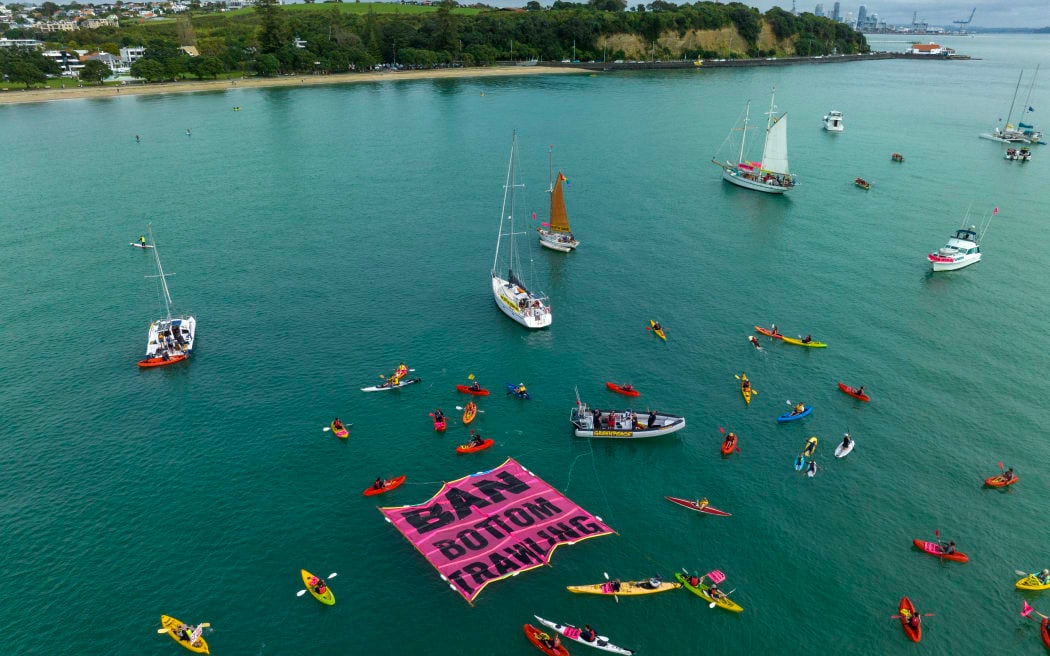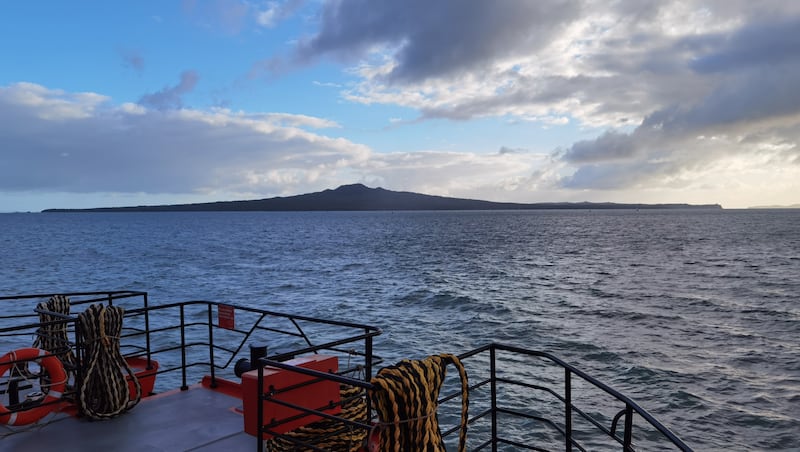Greenpeace is fuming over the government’s plans to further restrict but not outlaw bottom trawling in most of the Hauraki Gulf Marine Park.
“If the government is serious about revitalising the Hauraki Gulf it must act immediately to remove destructive bottom trawling methods from the entire marine park - not launch proposals that will allow it to continue unabated in euphemistically dubbed ‘trawl corridors’”, Greenpeace Aotearoa campaigner Jessica Desmond said on Tuesday.
The government’s initiative to limit bottom fishing in the marine park, an area spanning 1.2 million hectares, opens for public consultation tomorrow.
Four proposals would see methods such as bottom-trawling and Danish seining prohibited in as much as 89% of the marine park, up from 25% now.
“Aucklanders and others have called for greater protection for their beloved big blue backyard, the Hauraki Gulf/Tikapa Moana. We have listened and we have acted,” Oceans and Fisheries Minister Rachel Brooking said during today’s announcement.
“The gulf is a taonga with deep-rooted historical importance for tangata whenua, a vital part of our society and of our tourism, transport and seafood sectors, with an economic value of $100 billion,” she said.
Conservation Minister Willow-Jean Prime said the proposed Hauraki Gulf/Tikapa Moana Marine Protection Bill (which will eventually implement the changes), triples the area in the Hauraki Gulf Marine Park under total protection, from just over 6 per cent to about 18 per cent.

“It extends existing marine reserves at Goat Island and Cathedral Cove and creates a new marine protection tool (high protection areas) that recognise kaitiakitanga and cultural practices of tangata whenua,” she said.
Brooking said banning bottom-trawling and Danish seining from the entire Gulf was considered but there were concerns that boats would simply move to areas outside the Hauraki Gulf Marine Park, especially Northland and the Bay of Plenty, putting extra pressure on the fisheries in those areas.
“The Revitalising the Gulf strategy... said it was better to base decisions on where trawling should be allowed on scientific evidence, and protect the benthic areas of the highest ecological significance while allowing trawling in ‘corridors’ where the harm will be limited,” Brooking said.
Greenpeace’s Desmond, however, said rather than compromise, the new bill was a copout.
“Species in the Gulf are in an extinction crisis and, if we want this precious marine area to recover and thrive, bottom trawling has got to go. The government must have the courage to stand up to the commercial fishing industry and do what’s right: protect Tīkapa Moana for future generations by banning bottom trawling,” she said.
Recent polling suggests the public’s strong resistance to bottom trawling: 84% of New Zealanders oppose its practice in the Hauraki Gulf, and 80% believe it should be eradicated from seamounts in deeper waters.
“The public is already on side with a ban on bottom trawling and the mandate for change is very clear,” Desmond said.
“Nobody wants a dead, empty ocean. If the government is serious about safeguarding the ocean, the solution is evident: Ban bottom trawling from areas where it inflicts the most damage, including its complete removal from the Hauraki Gulf marine park.”

Earlier this year, crowds convened at Mission Bay in Tāmaki Makaurua with boats and kayaks to protest against bottom trawling in the Gulf.
In June, the Hauraki Gulf Alliance submitted a petition to Parliament, endorsed by over 36,000 signatories, calling for a similar ban.

